Ingrown toenails can be annoying, especially if they make it hard to stand or walk and basically hurt all day long. If you’re an active person and like to spend some time outdoors walking your dog, hiking in the wild or running a few miles after a long day at the office, an ingrown toenail can ruin your day. Luckily, treating ingrown toenails is straightforward and you can take steps to prevent it from happening yourself from the comfort of your own home.
This article walks you through all the necessary stuff you need to know. From explaining the symptoms to diagnosis, treatment and prevention.
This article is a part of our foot pain series. Please make sure to check out other articles about various foot conditions on our blog here.
Symptoms
A toenail that has developed inside the skin is known as an ingrown toenail. It’s most common in your big toe. People may develop ingrown toenails by trimming their own toenails at a sharp angle, usually near the tip of the nail. If the toenail curves with the toe’s form, it may grow into your skin. Ingrown toenails are prevalent and pose little health risk in healthy individuals. Signs and symptoms include:
- Pain and soreness in your toe along one or both sides of the nail
- Redness around your toenail
- Swelling around the nail or complete toe
- Infection of the tissue around the nail
- Fluid building up around the toe
- Overgrown skin around the toe
Causes
In both men and women, ingrown toenails are common. According to the National Health Services (NHS), ingrown toenails may be more prevalent in individuals with sweaty feet, such as teenagers. Because toenails become thicker with age, older individuals are also at greater risk. Common causes for ingrown toenails include:
- Cutting your toenails incorrectly (nicking across rather of angling the nail’s sides to prevent the nail from growing into the skin.)
- Toenails that are deformed or uneven
- Improper footwear. Wearing such footwear puts a lot of strain on your big toes, as shown by socks and stockings that are too tight or shoes that are too tight, narrow, or flat for your feet.
- Poor posture. Patients who walk with their feet turned out (knock-knee gait) are more likely to develop ingrown toenails.
- Sweaty feet. This condition, called hyperhidrosis (excessive sweating), increases the risk of ingrown toenails by providing a warm and moist environment for bacteria.
- Injury of the toenail. You may also get a toe injury, such as stubbing your toe, tripping over something heavy or kicking a ball repeatedly.
- Bad foot hygiene. Not keeping your feet clean or dry can cause an ingrown toenail.
- Family history of ingrown toenails. If ingrown toenails run in your family, you may be more prone to ingrown toenails.
Risk Factors
During athletic activities, you are more likely to get ingrown toenails if you use your feet a lot. Toenail injury and an increased chance of ingrown toenails can be caused by kicking an object or putting pressure on your feet for lengthy periods of time in the following activities:
- Football
- Soccer
- Dancing
- Kickboxing
- Ballet
- Running / Jogging
Additionally, health conditions that cause poor blood flow to your feet, such as arthritis or diabetes, put you at a greater risk of complications of ingrown toenails too. So if you have a medical history and experience severe pain or infection, please contact your health care provider for an exam.
What happens if an ingrown toenail is left untreated?
Ingrown toenails can infect the underlying bone if not addressed or detected, resulting in a serious bone infection.
Complications can be serious if you have diabetes, which can cause poor blood flow and harm nerves in your feet. A minor foot problem — a cut, scrape, corn, callus or ingrown toenail – may not heal properly and become infected because of this. A serious open wound (foot ulcer) that is difficult to heal might necessitate surgery to prevent tissue decay and death (gangrene). Blood flow to a location of your body is interrupted in the process.
If you have a genetic tendency to ingrown toenails, they may resurface on many toes at once, or return. Pain, infections, and other painful foot problems that require repeated treatments or operations can all have an effect on your quality of life. In this situation, your doctor may advise a partial or total matrixectomy to get rid of the painful toenails. Learn more about foot care and prevention later on.
DIagnosis
You may usually determine an ingrown toenail on your own, based on your symptoms and how your toe looks.
Your doctor (which may be your regular physician or a podiatrist known as a foot specialist) will most likely discover an ingrown toenail by examining it. They’ll inspect the skin around the toenail’s edge. And they can diagnose an ingrown toenail easily if the skin is growing over the nail and if the toe is swollen, tender, warm and red.
An ingrown toenail is usually diagnosed without the need for any tests or X-rays. When your healthcare professional takes a sample culture in rare instances when the toenail is severely infested, an X-ray may be beneficial, though.
Treatment
Nail root infections that aren’t causing any discomfort can generally be treated at home. If your toenail has punctured the skin or there is any evidence of infection, go see a doctor.
Home remedies for ingrown toenails that you can try include:
- Soaking your feet in warm water for about 15 to 20 minutes three to four times per day (At other times, your shoes and feet should be kept dry.)
- Place cotton or dental floss under your toenail after each soaking. After each soak, place fresh pieces of cotton or waxed dental floss beneath the ingrown edge. This will assist the nail to grow over the skin surface line.
- Use antibiotic cream. Put antibiotic ointment on the sore spot and wrap the toe in a bandage.
- Push skin away from the toenail. You can soak a cotton ball in olive oil and try to push the skin away from the toenail edge.
- Over-the-counter medications. You can try nonsteroidal anti-inflammatory drugs (NSAIDs) such as ibuprofen to reduce the pain of the ingrown nail. You can also take acetaminophen or aspirin.
- Choose your footwear. Wear open-toed shoes or sandals until your toe feels better.
Treatments at home for a few days to a few weeks may help. If the discomfort becomes worse or it’s difficult to walk or do other activities because of the nail, see your doctor right away.
If home therapies fail to cure the toenail, or an infection develops, you may need surgery. In cases of infection, cease all at-home treatments and visit your doctor.
Your doctor may recommend one of the following treatments if home cures haven’t worked:
- Lift the nail. If you have a slightly ingrown nail with redness and discomfort but no pus, your doctor may carefully lift the ingrowing nail edge and place cotton, dental floss, or a splint beneath it. This separates the nail from the underlying skin to allow it to develop over the skin edge. You’ll need to soak the toe and replace the material daily.
- Remove the nail. If the problem is consistently affecting a single toe, your doctor may recommend removing part of the nail and underlying tissue (nail bed) in the hopes of preventing it from recurring. This treatment might prevent that portion of your nail from regenerating. Your doctor will utilize a chemical, a laser, or other methods to treat you.
- Partial removal. During a partial nail removal, the sides of the nail are cut away to ensure that the edges are completely straight. A cotton swab is utilized under the remaining portion of the nail to prevent future ingrown toenail problems. Phenol, a type of compound, may be used to prevent your toe’s nail from regenerating.
Your doctor will wrap your toe in a bandage following surgery. For the next one to two days, you’ll probably need to keep your foot elevated and wear special shoes so that your toe may heal properly.
Except for very small or quick movements, you should minimize your activity. On the third day after surgery, your bandage will be removed. You’ll need to wear open-toe shoes and do daily saltwater soaks until your toe has healed. To avoid infection, you will be given pain medication and antibiotics.
After a partial nail removal operation, you may expect your toenail to grow back in approximately four months. A toenail can take up to a year to regenerate if the entire nail (including the nail matrix under your skin) is removed.
Prevention
Prevention is always the best treatment. And there are plenty of options for you to prevent an ingrown toenail or at least prevent this condition from happening again. Here’s what you can do:
- Trim your toenails straight across and make sure that the edges do not curve in. Don’t match the form of your toe’s front with your nails. If you get your toenails done at a salon, make sure they’re trimmed straight across if you have a condition that causes poor blood flow to your feet. Have your nails trimmed by a podiatrist on a regular basis if you have a condition that prevents adequate blood flow.
- Control your toenail’s length. Trim your toenails so that they are level with the tips of your toes. If you trim your toenails too short, a nail may develop into the tissue as a result of the pressure from your shoes on your toes.
- Make sure your shoes fit properly. Shoes that are too tight or squash your toes may lead to a nail growing into the surrounding tissue. If you have nerve damage in your feet, you may not be able to tell if your shoes are too small. Wearing ill-fitting footwear can cause irritation, pain, and an increased risk of injury. Purchase and wear properly fitted shoes, preferably from a shoe store that specializes in fitting shoes for folks with foot difficulties.
- The right socks matter. Wearing the right socks can vastly improve your ingrown toenail condition. Cotton socks are best for folks with ingrown toenails or diabetes, as they absorb moisture better than synthetic materials. Socks that are too tight may cause pressure on your toes and ingrowing of the nails. Make sure that each toe has its own space in your socks.
- Surgery for prevention. If your toenails are unusually bent or thick, you may need surgery to avoid ingrown nails.
- Wear protective boots. Wear safety shoes, such as steel-toed boots, if your job puts you at risk of injuring your toes.
- Check your feet after each bath or shower. After you bathe, check to see if your ingrown nail is growing out. If so, you’ll be able to avoid it if you trim the ingrown nail with a sterilized sharp object. You’ll notice signs of an ingrown toenail sooner and can work on it yourself before the condition worsens.
Takeaways
An ingrown toenail is both uncomfortable and painful, but it is easy to treat. Soaking the nail usually helps to relieve symptoms within a few days. If it doesn’t improve after a few weeks, visit your doctor who can remove it. Don’t try to trim your ingrown nail at home. Wear big shoes in the future to avoid developing ingrown toenails, rather than tapering them toward the form of your toe.
We hope you have found our post on ingrown toenails helpful. If so, please feel free to share your story or opinion in the comments section below!












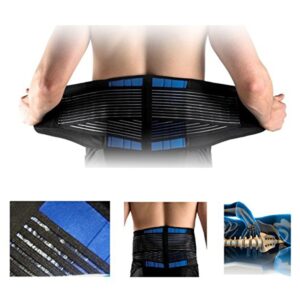


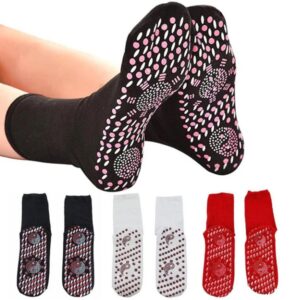
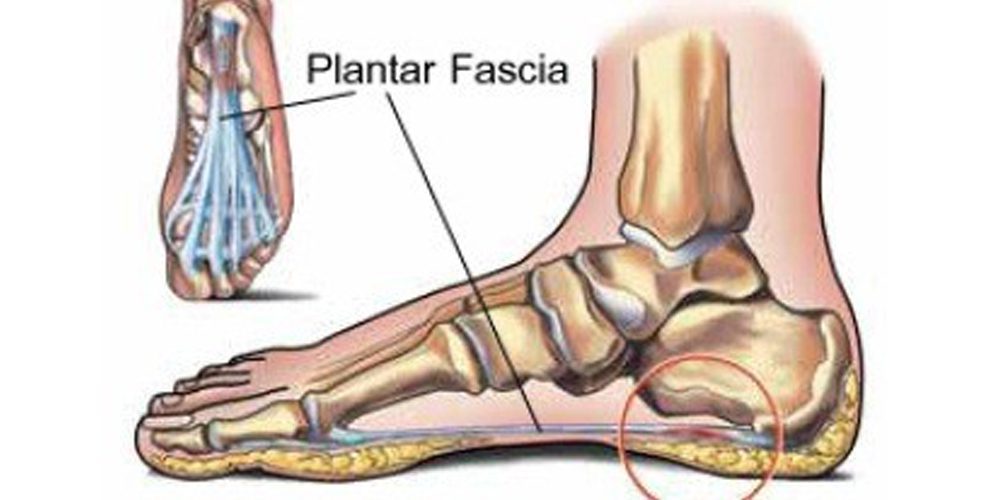

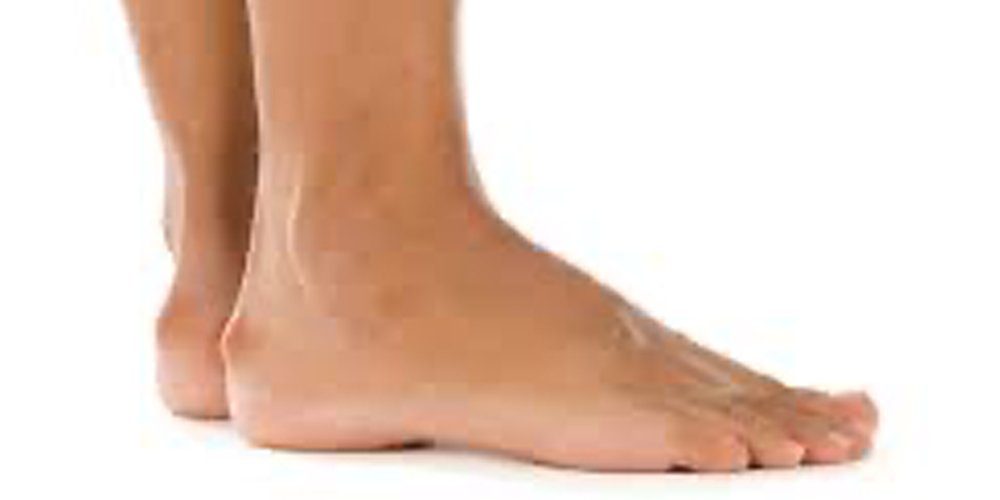

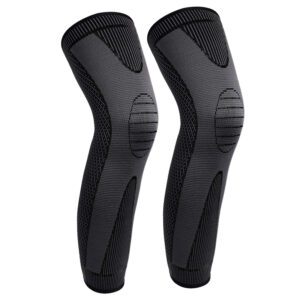
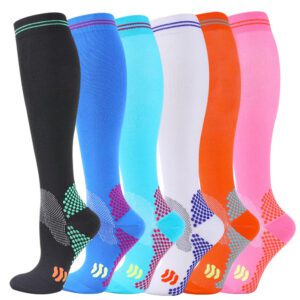
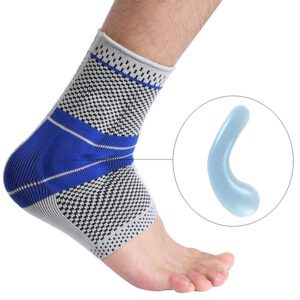

One Response
I have an ingrown toenail for years they gave me creams the doctors I putted in in warm water + salt + soap but nothing helped I even visited a private podiatrist twice but it didnt help … I have a meeting with a real podiatrist in some days not a private one this time a professional from HMO Im here to ask you how terrible it is in your opinion so when I touch my toe I dont feel it very well like I do with other toes .. is that dangerous ? Should I go right away to see a doctor?